The Anatomy of DeceptionLawrence Goldstone The year is 1889. In the morgue of a Philadelphia hospital, physicians uncover the corpse of a beautiful young woman. What they see takes their breath away. Within days, one doctor, Ephraim Carroll, strongly suspects that he knows the woman’s identity…and the horrifying events that led to her death.
Dr. Carroll came to Philadelphia to study with a leading professor, the brilliant William Osler, believing that he would gain the power to save countless lives. But Carroll and his mentor are at odds over what they glimpsed that morning in the hospital’s Dead House. And when a second mysterious death is determined to have been a ruthless murder, Carroll can feel the darkness gathering around him—and he ignites an investigation of his own. Soon he is moving between the realm of elite medicine, Philadelphia high society, and a teeming badlands of criminality and sexual depravity along the city’s fetid waterfront. With a wealthy, seductive woman clouding his vision, the controversial artist Thomas Eakins sowing scandal, and the secrets of the nation’s powerful surgeons unraveling around him, Carroll is forced to confront an agonizing moral choice—between exposing a killer, undoing a wrong, and, quite possibly, protecting the future of medicine itself. The Sun and the Moon: The Remarkable True Account of Hoaxers, Showmen, Dueling Journalists, and Lunar Man-Bats in Nineteenth-Century New YorkMatthew Goodman On August 26, 1835, a fledgling newspaper called the Sun brought to New York the first accounts of remarkable lunar discoveries. A series of six articles reported the existence of life on the moon—including unicorns, beavers that walked on their hind legs, and four-foot-tall flying man-bats. In a matter of weeks it was the most broadly circulated newspaper story of the era, and the Sun, a working-class upstart, became the most widely read paper in the world.
An exhilarating narrative history of a divided city on the cusp of greatness, and tale of a crew of writers, editors, and charlatans who stumbled on a new kind of journalism, The Sun and the Moon tells the surprisingly true story of the penny papers that made America a nation of newspaper readers. Horizontal Collaboration: The Erotic World of Paris, 1920-1946Mel Gordon Mel Gordon, author of Voluptuous Panic, the celebrated history about the sex culture of Weimar Berlin, returns with a stunningly illustrated look at Paris, The City of Pleasure, prior to and during German occupation during World War II.
The book Horizontal Collaboration encompasses the Jazz Age, Depression, World War and Occupation, and Liberation. It concludes with the shuttering of the licensed brothels in 1946, which some Parisian intellectuals thought was the final "destruction of French civilization".
The term "Horizontal Collaboration" refers to the sexual liaisons between French civilians and German occupiers from 1940 to 1944. These were extremely widespread and included both individual wartime relationships in addition to prostitution. As Allied armies swept across the French countryside, thousands of young women—and some men—were savagely punished by the authorities or by vigilante crowds, becoming a source of deep national shame.
Author Gordon redefines the pejorative term to mean something much broader: French men and women "horizontally collaborated" to overcome all social obstacles, divisions, and regulations. These obstacles include married and unmarried couples, straights and homosexuals, foreigners and locals, gun-toting soldiers and their vanquished subjects. The natural yearning for sexual pleasure equally corrupted all cohabitating partners.
This book rediscovers a remarkable time when the aesthetic and erotic capitol of Europe experienced remarkable heights and shameful lows. . . . Hundreds of images, most never before seen in a book, encompass this fascinating but little-known history. | The Seven Addictions and Five Professions of Anita Berber: Weimar Berlin's Priestess of DepravityMel Gordon The Seven Addictions and Five Professions of Anita Berber is the first contemporary biography of a notorious actor/dancer/poet/playwright who scandalized sex-obsessed Weimar Berlin during the 1920s.
In an era where everything was permitted, Anita Berber‘s celebrations of “Depravity, Horror and Ecstasy” were condemned and censored. She often haunted Weimar Berlin’s hotel lobbies, nightclubs and casinos, radiantly naked except for an elegant sable wrap, a pet monkey hanging from her neck, and a silver brooch packed with cocaine. Multi-talented Anita saw no boundaries between her personal life and her taboo-shattering performances. As such, she was Europe’s first postmodern woman.
Among those Anita Berber claimed as members of her vast sexual harem were Marlene Dietrich, Magnus Hirschfeld (the founder of modern sexology and gay liberation), Klaus Mann, Conrad Veidt, Lawrence Durrell, and the King of Yugoslavia. Berber acted in Fritz Lang’s Dr. Mabuse: The Gambler and starred in the silent epic, Lucifer. Even Leni Riefenstahl credits Berber for inspiring her controversial career. After sated Berliners finally tired of Anita Berber’s libidinous antics, she became a “carrion soul that even the hyenas ignored,” dying in 1928 at the age of 29.
The Seven Addictions and Five Professions of Anita Berber chronicles a remarkable career, including over 150 photographs and drawings that recreate Anita’s enduring “Repertoire of the Damned.” Voluptuous Panic: The Erotic World of Weimar BerlinMel Gordon Between 1921 and 1933, Berlin developed a reputation for debauchery unrivaled by any city before or since. Unlike European capitals like Paris, Barcelona, and Amsterdam, where brothel districts were extensive but discreet, in Berlin sexual tourism was a primary industry. On any given evening, over 600 establishments, from massage parlors to sex clubs to cabarets to private torture dungeons, promised unique sights and pleasures. Using tourist guidebooks that appeared before the Nazi period, historical memoirs, and more than 400 specialized journals and books, Mel Gordon has put together a controversial exploration of Berlin's erotic demiworld and its relationship to the rise of Nazism. The Doubtful GuestEdward Gorey A vaguely sinister comedy of manners by beloved artist Edward Gorey Told in a set of fourteen rhyming couplets, The Doubtful Guest is the story of a solemn, mysterious, outdoor creature, dressed rather ordinarily in sneakers and a scarf, who appears on a winter night at a family's Victorian home and never leaves again. Gorey's eerie and charming illustrations accompany the verses, making this an enjoyably strange (and strangely enjoyable) read for all ages. On the Nature of Things : The Scientific Photography of Fritz GoroPeter Goreau Thomas Goreau Stefan Goreau Stephen Jay Gould Fritz Goro On the Nature of Things commemorates a photojournalistic genius whose passion for his subject has rarely been equalled and whose pioneering techniques continue to define contemporary science/technological photography. Accompanied by commentary from Nobel prize-winning scientists, Goro's extraordinary images create a work of expertise and enchantment.
For almost fifty years, Fritz Goro gave Life magazine readers of all ages an eyewitness view of the greatest scientific and technological breakthroughs of our time. The splitting of the atom; the deciphering of DNA; the invention of the hologram; the coming of fiber optics, lasers, computers, microsurgery—these are only a handful of the momentous discoveries he captured in his consummately innovative photography, providing an intimate look at the way new phenomena work and revealing as never before the infinite shapes and dazzling lights and colors that comprise the universe.
It was Goro who went on-site with the Manhattan Project, actually standing on ground zero while it was still radioactive from the A-bomb test; who first photographed blood circulation in living animals; who documented a minute quality of plutonium as it was being produced, thus marking a milestone of the nuclear age; who captured a fetal image so hauntingly universal, it became the inspiration for the Starchild in Stanley Kubrick's film 2001. Perhaps most remarkable of all, he photographed the first model of explanation of the atom. Photographing subjects that were sometimes abstract and often evasive, Goro became a master of technical improvisation; in order to translate atomic physics visually, he used four lenses of different focal lengths, rotated the film position fifteen times, and made a total of thirty-three different exposures one one sheet of eight-by-ten color film.
Nearly a decade after his death, Aperture accords Fritz Goro the tribute he so richly deserves with the first comprehensive collection of his landmark work. More than a handsome book of 159 photographs, On the Nature of Things draws the reader into the environment of each depicted breakthrough with an immediacy intensified by the comments of eminent scientists—all international leaders in their respective fields, many of whom worked closely with Goro while he was visualizing their great achievements. Among them are Dr. Lennart Nilsson of Stockholm, one of the greatest of all medical photographers; Professor Ilya Prigogine, Nobel laureate in rotating chemical reactions; Professor Glenn Seaborg, Nobel prize-winner in medicine, neurology professor David Hubel; and Oliver Sacks, neurologist and celebrated author of Awakenings and The Man Who Mistook His Wife for a Hat. Anthropologist Stephen Jay Gould, one of the most widely read scientific writers of our time, supplies an introduction; while Goro's grandsons, Thomas, Peter, and Stefan Goreau, all respected scientists, contribute to a biographical essay.
Beautiful, startling, enlightening, On the Nature of Things shines with a rare fascination. |
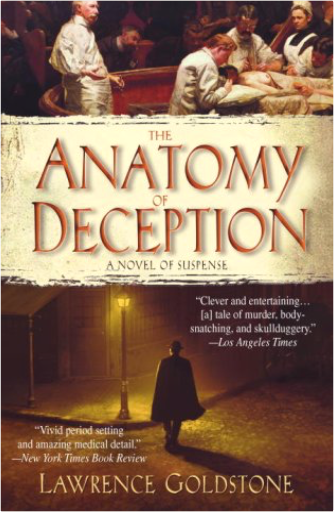
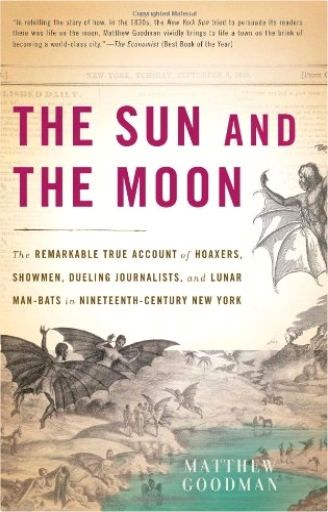

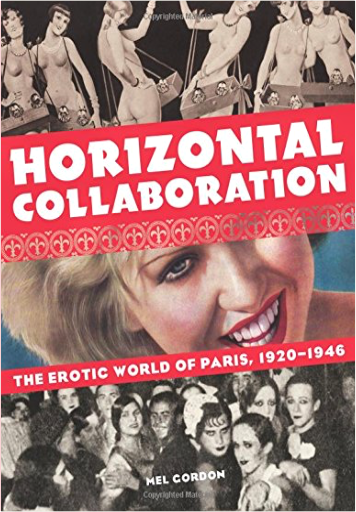
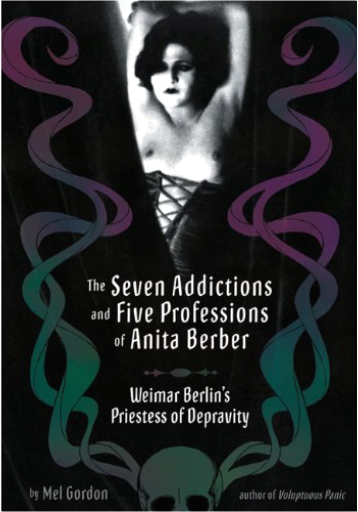
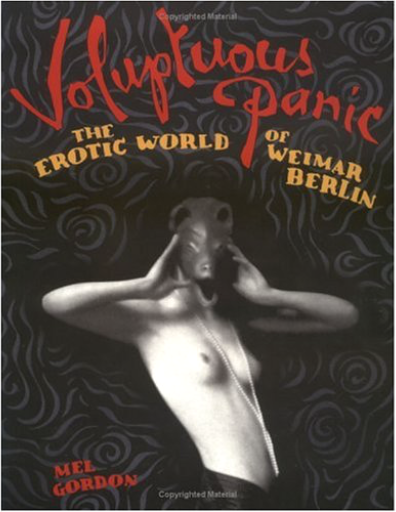
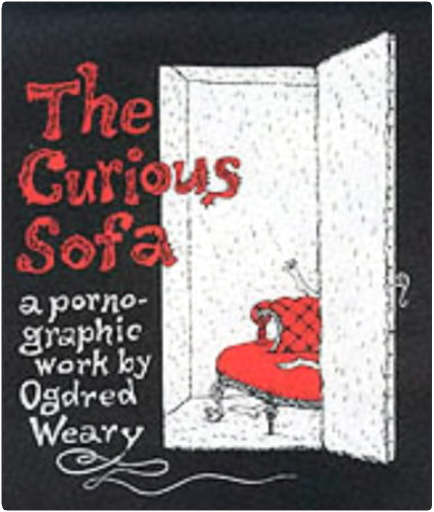
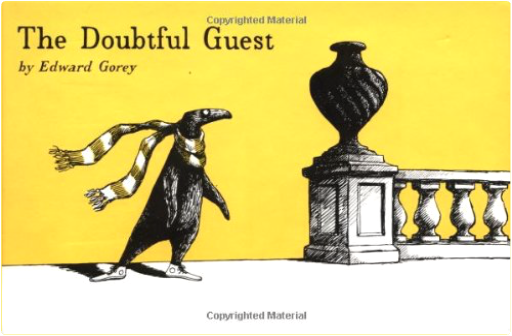
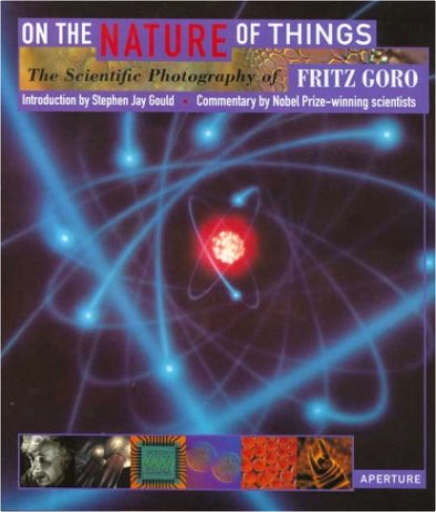


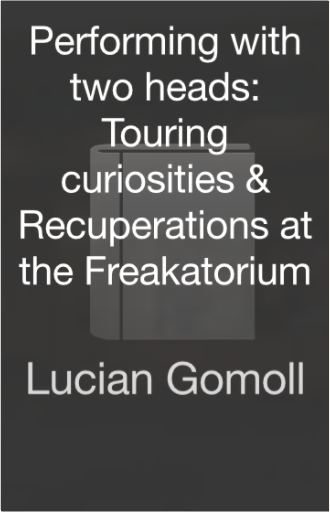
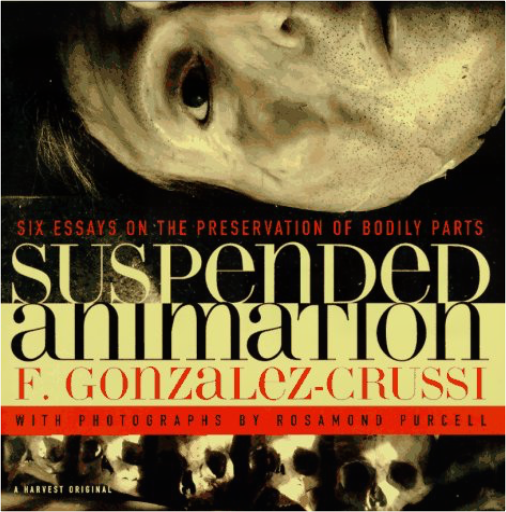

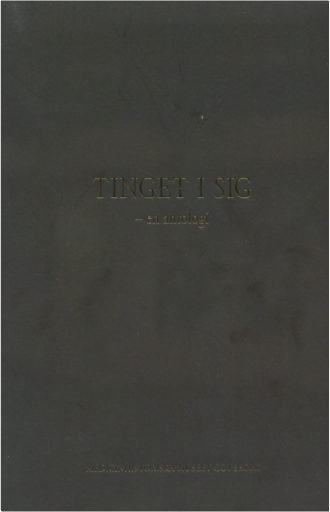
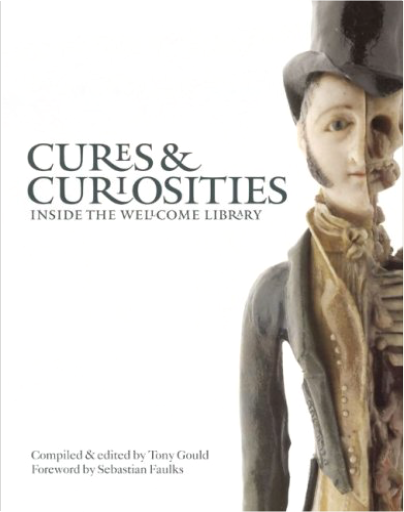
 Made with Delicious Library
Made with Delicious Library